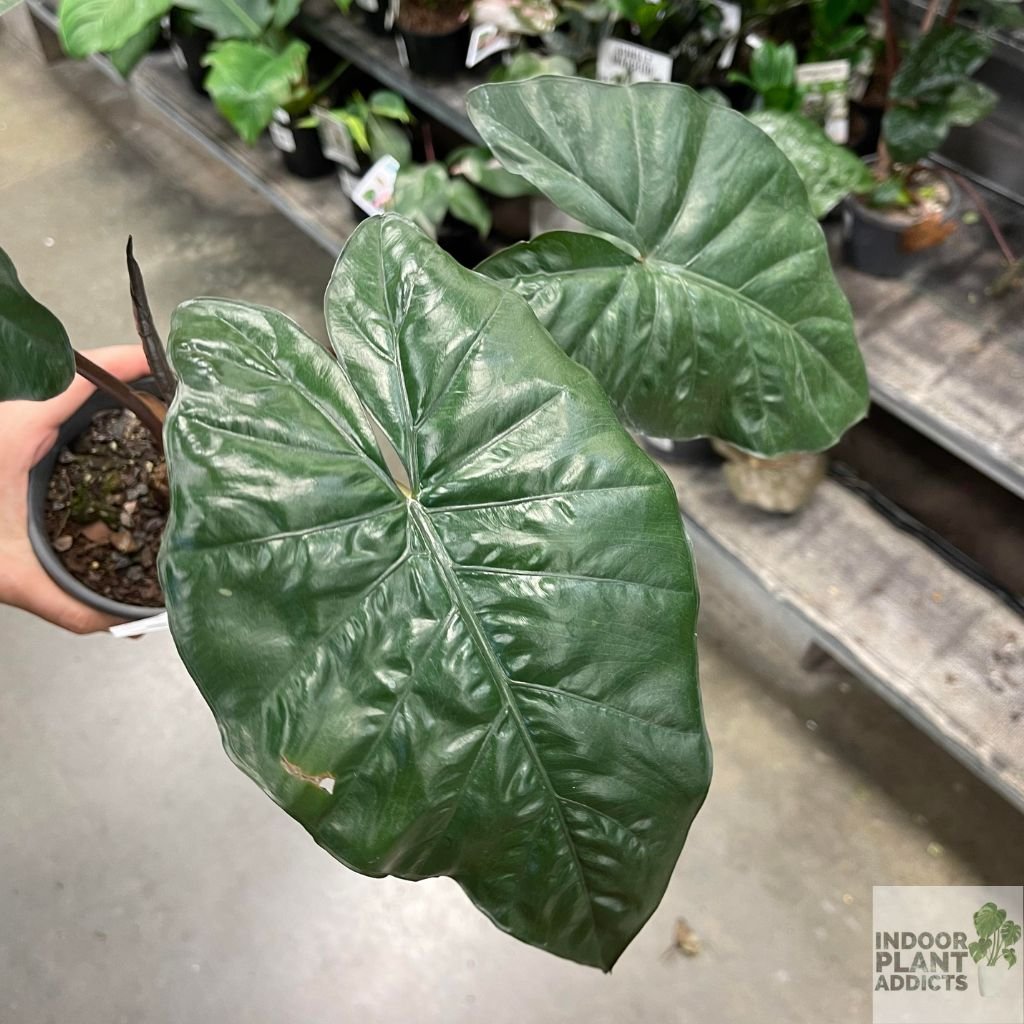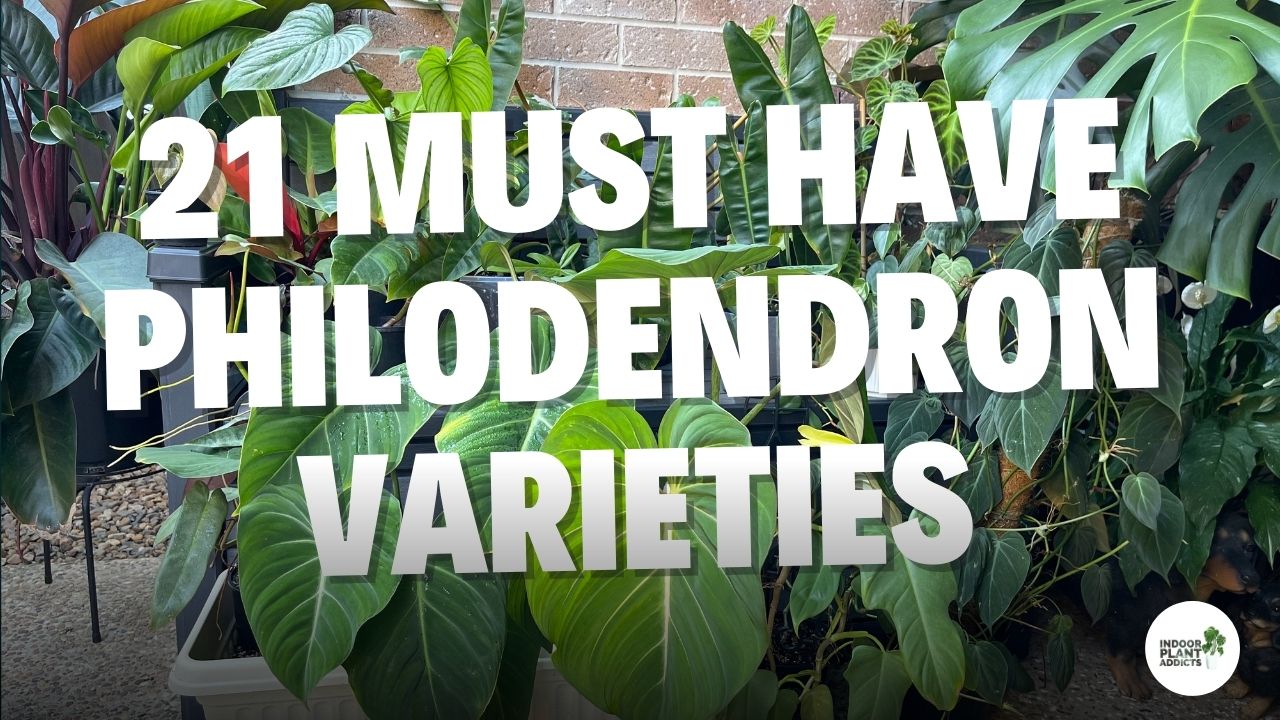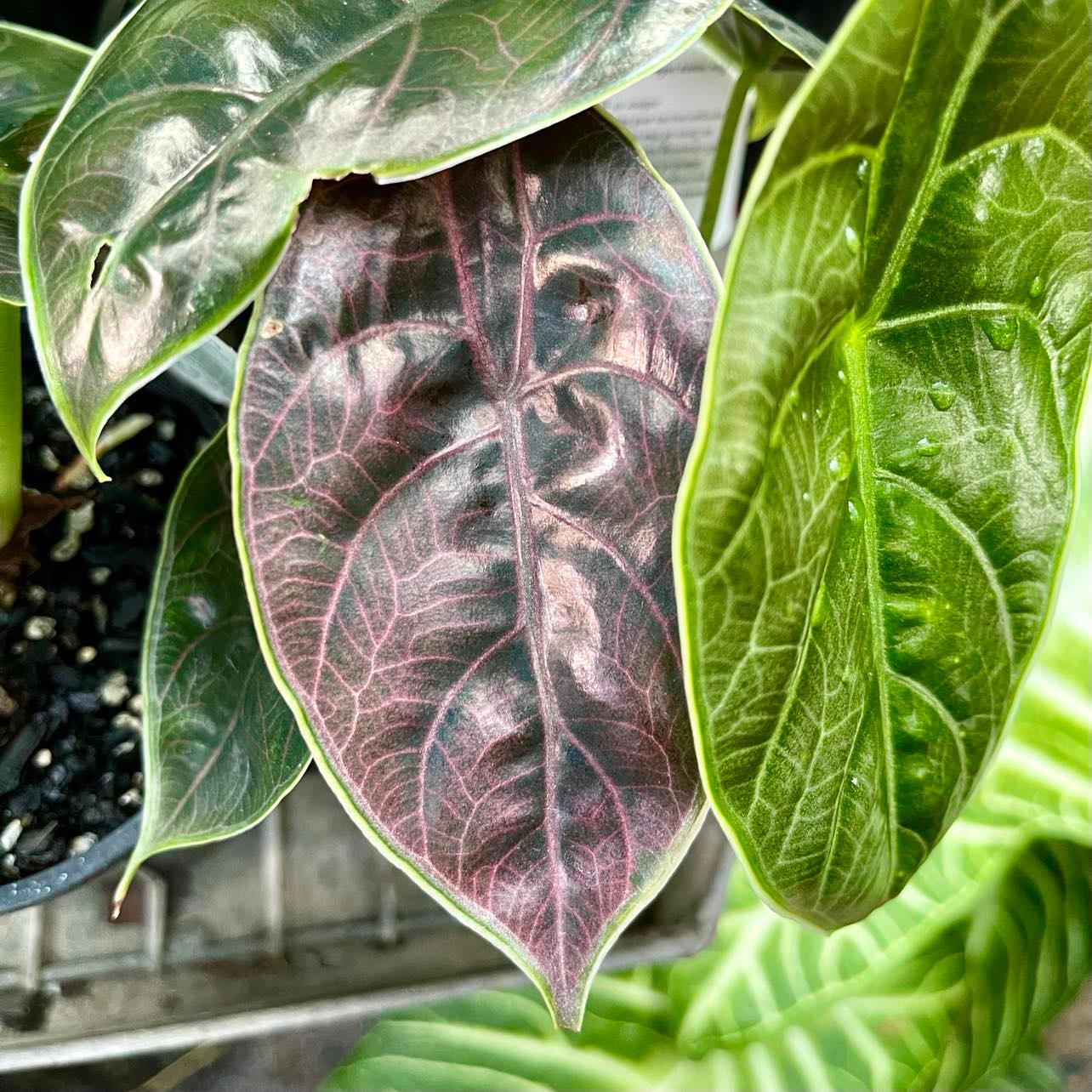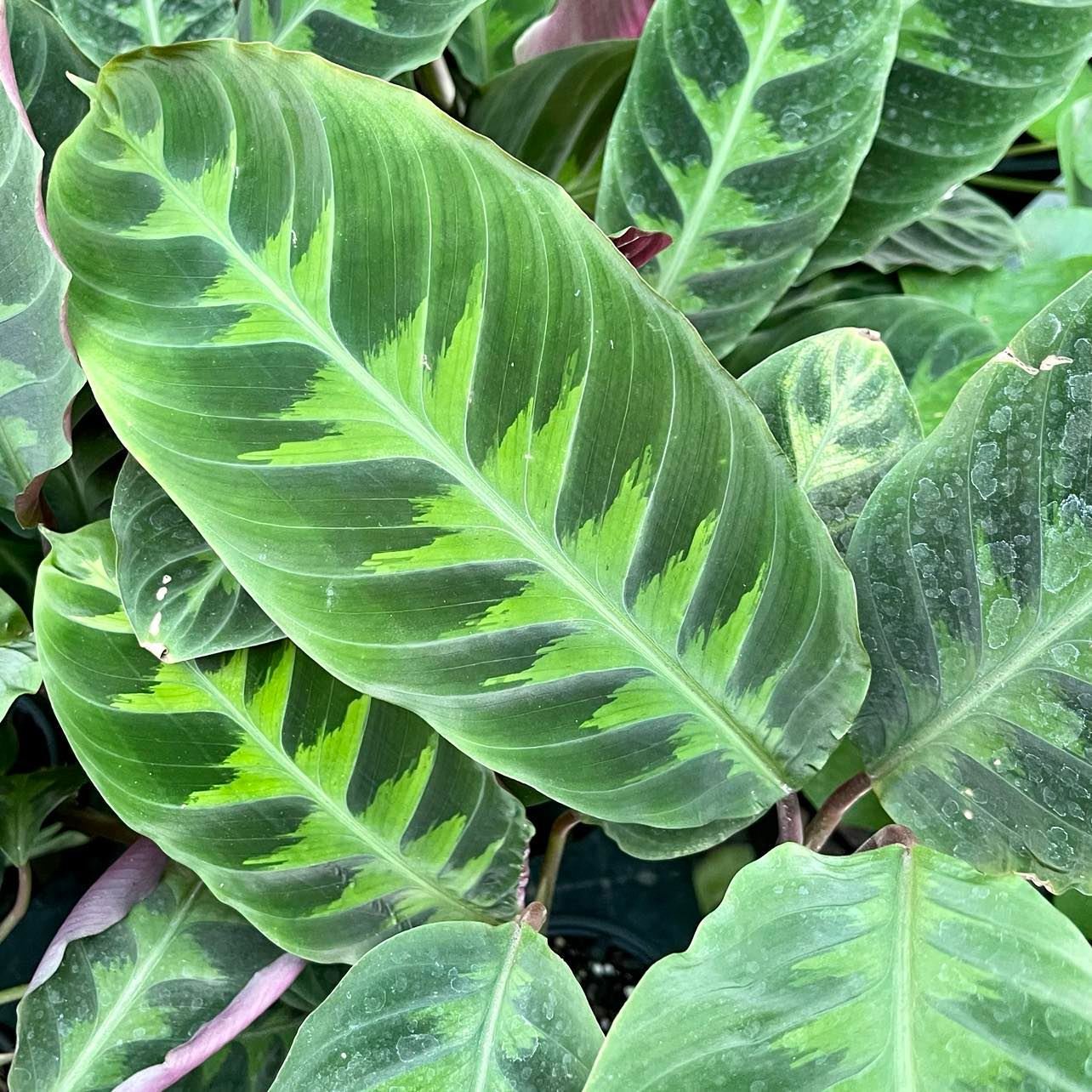Alocasia Yucatan Princess, are a stunning tropical plant known for their lush foliage and unique appearance. In this comprehensive guide, we’ll explore the essentials of caring for this captivating indoor plant, from its identification and size to its soil, light, and humidity requirements.

Alocasia Yucatan Princess Quick Overview
| Feature | Details |
| Scientific Name | Alocasia x amazonica ‘Yucatan Princess’ |
| Common Names | Yucatan Princess, Alocasia Yucatan |
| Light | Bright, indirect light |
| Temperature | 65-85°F (18-29°C) |
| Humidity | High humidity (60-80%) |
| Water | Consistently moist but well-drained soil |
| Soil | Well-draining, slightly acidic soil |
| Fertilizer | Balanced, water-soluble fertilizer |
| Toxicity | Toxic to humans and pets |
Identification
The Alocasia Yucatan Princess is easily recognizable by its large, heart-shaped leaves, which sport a glossy, deep green surface and striking red-purple undersides. Its wavy, scalloped edges and prominent veins add to its unique and exotic appeal.
The Yucatan Princess is similar in appearance to other Alocasia species, such as the Alocasia Polly and Alocasia Zebrina.
Size
The Yucatan Princess is known for its impressive size and growth habit. Mature leaves can reach up to 18 inches in length, while the plant itself can grow to be 3 to 4 feet tall.
Its growth pattern is upright, with sturdy stems supporting the large, beautiful leaves. This tropical plant adds a bold, dramatic touch to any indoor space.
Light Requirements
As a tropical plant, the Alocasia Yucatan Princess thrives in bright, indirect light. Too much direct sunlight can scorch its leaves, so it’s best to place it near an east or north-facing window.
Alternatively, you can place it in a well-lit room with sheer curtains to diffuse the light. Avoid low-light areas, as insufficient light can cause the plant to become leggy and lose its vibrant colors.
Temperature Requirements
The Yucatan Princess prefers consistently warm temperatures, ideally between 65-85°F (18-29°C). Keep it away from drafts, air conditioning vents, or heaters, as sudden temperature changes can stress the plant. In the winter, make sure the temperature doesn’t drop below 60°F (16°C) to ensure healthy growth.
Humidity Requirements
This tropical plant loves high humidity, with levels between 60-80% being ideal. To maintain the right humidity, place your plant on a tray filled with pebbles and water or use a humidifier. Signs of inadequate humidity include brown leaf tips and curling leaves.
Watering Requirements
Water your Yucatan Princess regularly to maintain consistently moist, but not soggy, soil. In warmer months, water more frequently, and reduce watering during cooler months.
Overwatering can lead to root rot, while underwatering may cause the leaves to droop or turn yellow.
Fertilizing Requirements
Feed your Alocasia Yucatan Princess with a balanced, water-soluble fertilizer every 4-6 weeks during the growing season (spring and summer). In the fall and winter, reduce the frequency to once every 8-10 weeks.
Signs of over-fertilization include brown leaf tips, while under-fertilization may result in slow growth or pale leaves.
Soil Requirements
The Yucatan Princess thrives in well-draining, slightly acidic soil with a pH of 5.5-6.5. A mixture of peat, perlite, and potting soil is ideal for promoting healthy root growth. You can also add a bit of orchid bark or coco coir to improve drainage and aeration.
Diseases & Pests
The Alocasia Yucatan Princess is prone to a few common diseases and pests, such as:
- Root rot (caused by overwatering)
- Spider mites
- Mealybugs
- Aphids
To prevent these issues, maintain proper watering practices, ensure adequate airflow around the plant, and keep the leaves clean. Treat infestations with insecticidal soap or neem oil.
Toxicity
The Yucatan Princess is toxic to both humans and pets. Ingesting the plant can cause irritation and swelling in the mouth, throat, and digestive system. Keep it out of reach of children and pets, and wash your hands after handling the plant.
Common Problems
Some common problems faced by the Alocasia Yucatan Princess include:
- Drooping leaves: Often due to underwatering or overwatering.
- Yellowing leaves: Usually a sign of overwatering, poor drainage, or insufficient light.
- Brown leaf tips: Can be due to low humidity, over-fertilization, or tap water high in salts and minerals.
To address these issues, adjust your care routine accordingly and ensure your plant’s growing conditions are optimal.
Conclusion
The Alocasia Yucatan Princess is an alluring and exotic addition to any indoor plant collection. By following this comprehensive guide, you can provide the optimal care required for your Yucatan Princess to thrive.
If you’re fascinated by this plant, consider exploring other Alocasia varieties, such as Alocasia Polly and Alocasia Zebrina, for more stunning foliage and unique features.




